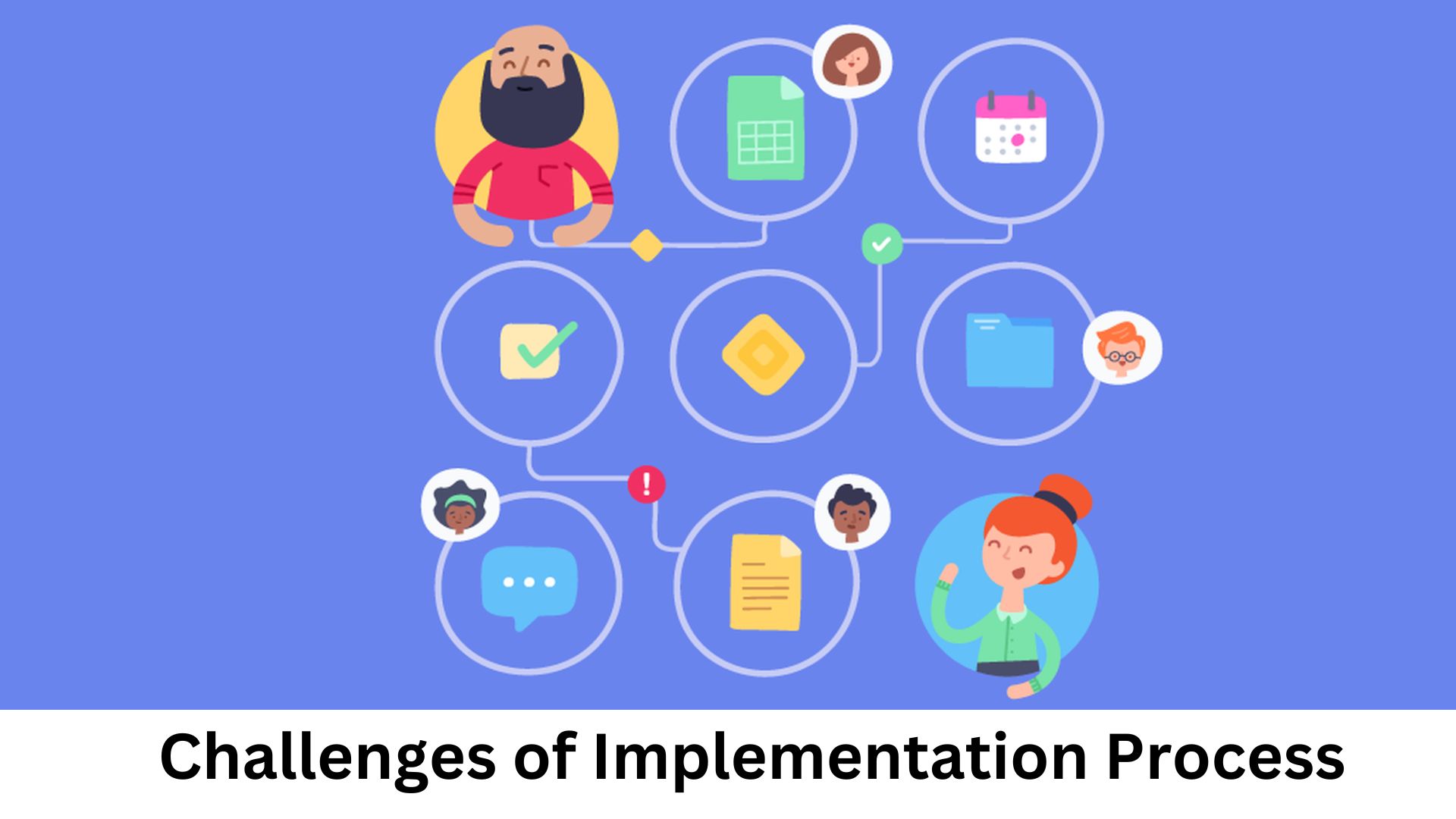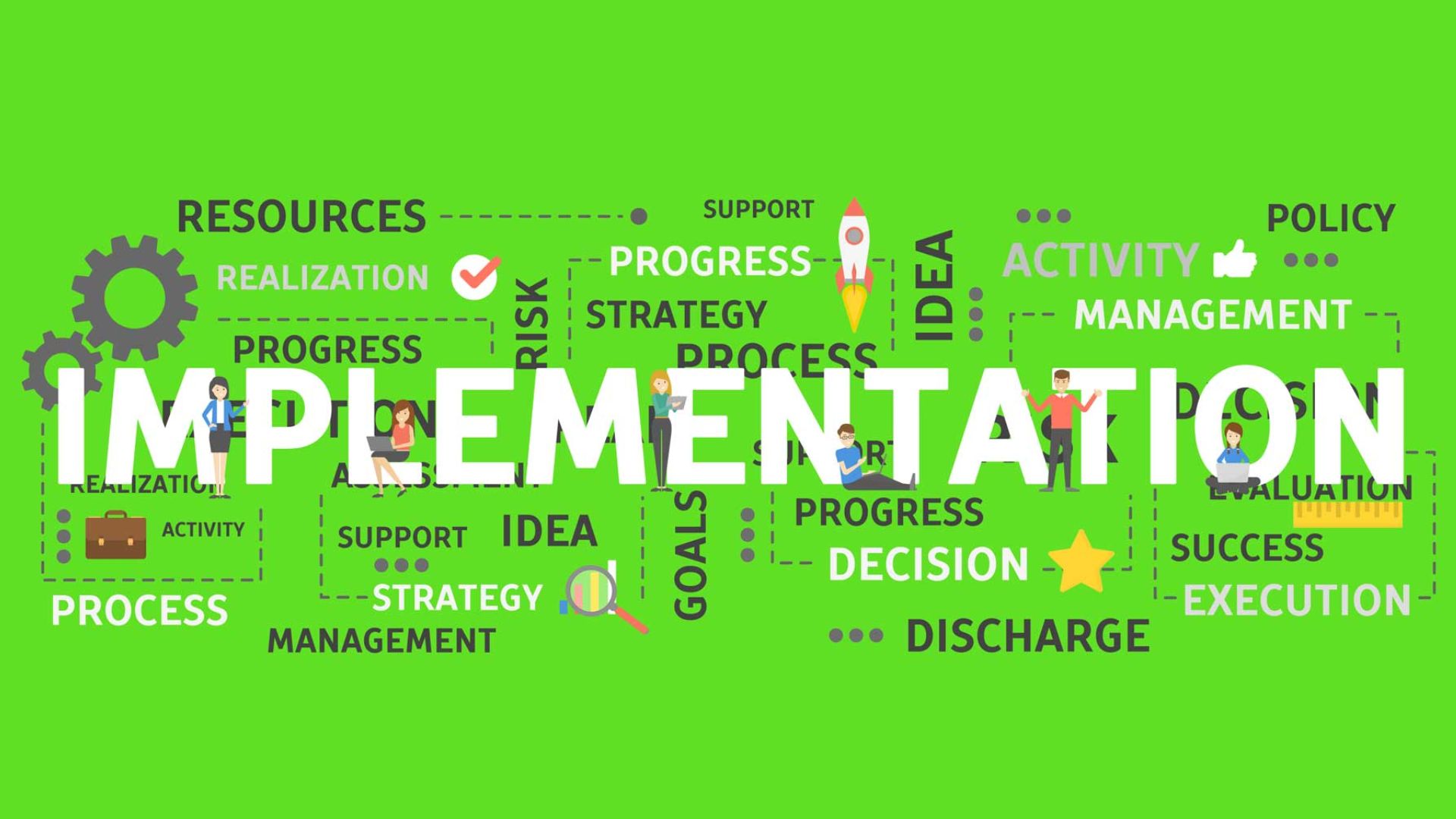Implementation Plan: Mastering 2024 Project Success in Easy Steps
Ever feel like you’re navigating through a fog when it comes to executing a project? I have, and I’ve found that a clear, well-structured implementation plan is the lighthouse that guides me safely to my destination. This plan isn’t just a roadmap, it’s a GPS system that provides turn-by-turn instructions, ensuring that every team member knows exactly what they need to do and when.
Today, I’m going to share my insights on how to create an effective implementation plan. Whether you’re a seasoned project manager or a beginner stepping into the world of project execution, this article will serve as your compass, pointing you in the right direction. So, buckle up, and let’s embark on this journey together.
What do you Understand by an Implementation Plan?
Picturing the implementation plan as a comprehensive roadmap becomes quintessential for the successful execution of any project. It serves as a tool not only for navigating through the project but also for orchestrating every operation, be it large or miniature. Through this lens, let’s gaze at the rationale and crucial parts that make up a potent implementation plan.
The Purpose of an Implementation Plan
Immensely beneficial, the purpose of an implementation plan isn’t contained within a single dimension. It maps out the time, resources and manpower needed to complete a project, providing a crystal-clear picture of the tasks at hand. A robust plan, thereby, eliminates ambiguity, ensuring that each team member knows their roles, thus enhancing productivity. It also functions as a tangible measure of progress, facilitating the evaluation of accomplished goals and milestones. By probing potential risks and constraints, it encourages proactive problem solving before hitting a roadblock, saving both time and resources.
Key Components of an Effective Plan
An implementation plan that nails success hinges on several pivotal components. Among them, clearly defined objectives top the list. These function as the compass, setting the right direction for the project. Following them, the organization of tasks comes next. Well assigned tasks, under a measurable timeline, simplify the execution process. Identification of resources, including manpower and raw materials, also features prominently among the key components.
It forms the backbone of successful execution, allotting the required elements to the respective tasks. The analysis of potential risks and formulating a contingency plan for them further beefs up the strength of an implementation plan. Finally, a clear communication strategy assures all members are on the same page, promoting collaboration. Examples include traditional meetings, emails, or cutting-edge project management software.
In essence, a thoughtfully crafted implementation plan not only enhances efficiency but also navigates the entire team towards project success, thus substantiating its importance.
Steps to Develop an Implementation Plan
From the preceding explanation on the importance of an implementation plan, it’s clear that its creation requires a methodical approach. Allow me to outline the steps involved in formulating an efficient implementation plan.
Define Your Goals and Objectives
To initiate the planning process, it’s crucial to articulate the goals and objectives of the project. At this stage, an understanding of what success looks like for the project I’d be managing sets the foundation for the implementation plan. An example might include, “Increase customer conversion rate by 15% in Q2.” By setting such targets, the team gets a clear picture of what they’re striving to achieve.
Identify Resources and Constraints
Appropriately identifying resources and constraints helps in the allocation and management of resources. Examples of resources could range from personnel and equipment to software and budget, while examples of constraints could include time, financial limits, or availability of resources. By assessing these elements, I’d uncover potential challenges that could impact the project’s progression.
Create a Timeline for Execution
Establishing a timeline offers a strategic approach for the entire project execution. From the project’s kick-off to the targeted completion date, I’d ensure inclusion of important milestones and deliverable dates. This forms a visual road map, enabling the team to stay on track at all times, and ensuring project tasks are completed in a timely manner. A hypothetical timeline could read: “Complete prototype testing by Week 4.” By visualizing the timeline, the team can better manage their time, moving closer to the project’s success.

Roles and Responsibilities in Implementation
In an implementation plan, clearly mapped out roles and responsibilities enhance team accountability and ensure smooth execution. This section unfolds the effective assignment of tasks, delegation of authority, and the importance of monitoring progress and performance in relation to successful project execution.
Assigning Tasks and Delegating Authority
The effectiveness of any project lies in task assignment and authority delegation. It’s important to balance the load among team members while assigning tasks. I stress on matching skills sets with task requirements, a strategy that promotes efficiency. For instance, a software development task fits best with an experienced developer. On delegation, consider a team member’s capability and the weight of the task. Granting authority equips the member to make essential decisions, enhancing responsiveness and adaptability.
Monitoring Progress and Performance
Regular scrutiny of progress and good performance is integral to project success. Employ systematic monitoring tools and frameworks to keep the project on track. For instance, Project Management Information Systems allow regular, detailed performance reports.
Designing a system of key performance indicators (KPIs) also provides insightful data on the project’s progress. For example:
- Successfully accomplished tasks
- Resource usage rates
- Adherence to project timeline
Remember, effective monitoring not only tracks progress but also identifies potential flaws and bottlenecks. This proactive approach allows timely resolution, fosters productivity, and considerably mitigates project risks.

Challenges in the Implementation Process
Executing a successful project involves overcoming numerous obstacles. These challenges within the implementation process can often impede the progress and, if unaddressed, jeopardize the entire project. Here, I’ll delve into two challenging aspects – risk anticipation and mitigation, and ensuring team alignment and communication.
Anticipating and Mitigating Risks
Recognizing potential risks and mitigating them efficiently is a formidable task. Numerous threats, such as resource shortfalls, unrealistic timeframes, and unexpected contextual changes, can obstruct the project’s momentum. For instance, in a software development project, there’s a risk that the system may not function as anticipated due to unobserved bugs, leading to delays or additional costs.
So, I advocate for scenario analysis methods as an effective way of anticipating risks. Scenario analysis puts forth hypothetical situations, which helps to envision potential risks and the response to them. Mitigation plans, including backups and contingency plans, provide a safety net.
One method for risk mitigation is adopting agile project management techniques. With agile approaches, teams can adapt swiftly to changes and course-correct when a risk disrupts the project timeline. For a software project battling bugs, continuous testing and integration can significantly mitigate the risk.
Ensuring Team Alignment and Communication
Clear, effective communication and alignment within the team stand as crucial challenges in any project implementation process. Miscommunication can cause misunderstandings, project delays, and gaps in work ethics.
For instance, a design team might need critical information from the development team to ensure aesthetic consistency. If communication breaks down, the design might deviate from the project’s goal.
On the other hand, team alignment means everyone understands and works towards the project’s objectives. It secures that members share mutual understanding and respect, contributing to a unified direction.
I propose implementing shared tools and protocols to enhance transparency, such as collaboration platforms like Slack or Microsoft Teams. Regular check-ins and progress meetings can help ensure alignment and offer opportunities to clarify doubts. Furthermore, active listening is vital to ensure clear and effective communication within the team. By understanding and acknowledging others’ viewpoints, the entire team can work cohesively towards a shared goal.
Measuring the Success of an Implementation Plan
To understand the success of an implementation plan, it’s essential to have a good monitoring system. I’ll show you some significant components that help in assessing the effectiveness of the plan.
Key Performance Indicators (KPIs)
Determining the right Key Performance Indicators (KPIs) starts the evaluation process, marking the success of an implementation plan. KPIs are quantifiable values that illustrate how effectively a company achieves its objectives. For instance, if the target is to reduce project delivery times, the KPI might be the number of projects completed within the projected timeline.
When drafting a plan, it’s imperative to identify the KPIs that tie in with the set goals and objectives. Specifying KPIs can provide insights into progress and help identify areas for improvement. It’s crucial that these indicators are clear, measurable, achievable and they correlate directly with the success of the project.
Post-Implementation Review and Feedback
Another component is conducting a post-implementation review. It’s an opportunity for the team to reflect on the project, its effectiveness, efficiency, and areas that require improvement. A comprehensive post-implementation review can shed light on any discrepancies that can contribute to the future success of similar projects.
Feedback from the team members is equally important. Their practical experiences and observations can provide valuable insights into what worked well, what didn’t, and why. For instance, feedback sessions can bring attention to possible workflow inefficiencies or gaps in communication that weren’t noticeable in the planning phase.
In this section, I’ve outlined the importance of identifying relevant KPIs and conducting post-implementation reviews along with gathering feedback, as these components play a pivotal role in determining the success of an implementation plan. By effectively measuring and analyzing these aspects, we can continually refine and enhance the plan’s effectiveness.
Conclusion
So, we’ve journeyed through the intricacies of a robust implementation plan. We’ve seen how it’s not just about setting goals and timelines but also about identifying resources and defining roles. We’ve tackled the hurdles, such as anticipating risks and ensuring team alignment. We’ve also underscored the importance of clear communication throughout the process.
But it doesn’t end there. We’ve delved into the critical role of KPIs and post-implementation reviews in measuring success. Remember, it’s essential to tie your KPIs to your goals, conduct thorough reviews, and welcome feedback. That’s how you assess and enhance your plan’s effectiveness. Here’s to successful project execution with a well-structured implementation plan!
Frequently Asked Questions
What is the importance of a well-structured implementation plan?
An effective implementation plan provides a roadmap to achieve project goals. It ensures the efficient allocation of resources, creation of clear timelines, and clarification of roles. It helps in better execution and timely completion of projects.
What are some common challenges faced during implementing a project plan?
Common challenges could include anticipating and mitigating risks, ensuring team alignment, and maintaining clear communication. Improper planning, lack of resources, or poor risk management can detour the progress and development of the project.
How can one measure the success of an implementation plan?
The success of an implementation plan can be determined through Key Performance Indicators (KPIs) tied to project goals. Regular post-implementation reviews and feedback also help assess the effectiveness of the plan and identify areas for improvement.
What role do KPIs play in an implementation plan?
KPIs are crucial for assessing the performance and success of an implementation plan. They help in monitoring progress, identifying potential issues, and making necessary adjustments promptly. Relevant KPIs align with the project goals and provide valuable insights into the efficiency and effectiveness of your project execution.
What is the significance of post-implementation reviews?
Post-implementation reviews gather feedback and lessons learned after the execution of a project. They serve to review the effectiveness of the project, identify successes and challenges faced, and implement improvements for future projects. These reviews are instrumental in continuous learning and improvement of project planning and execution.

Leave a Reply